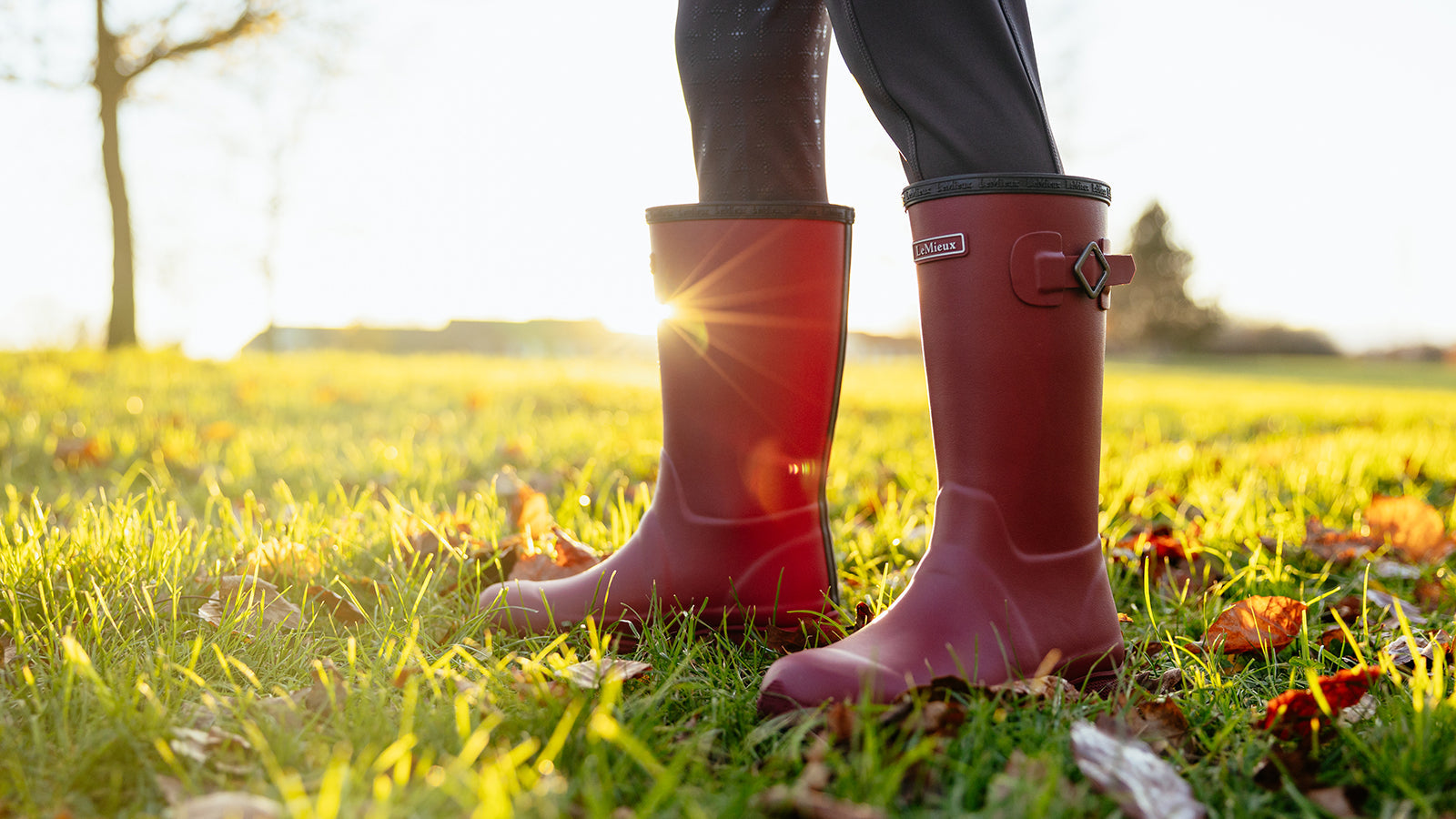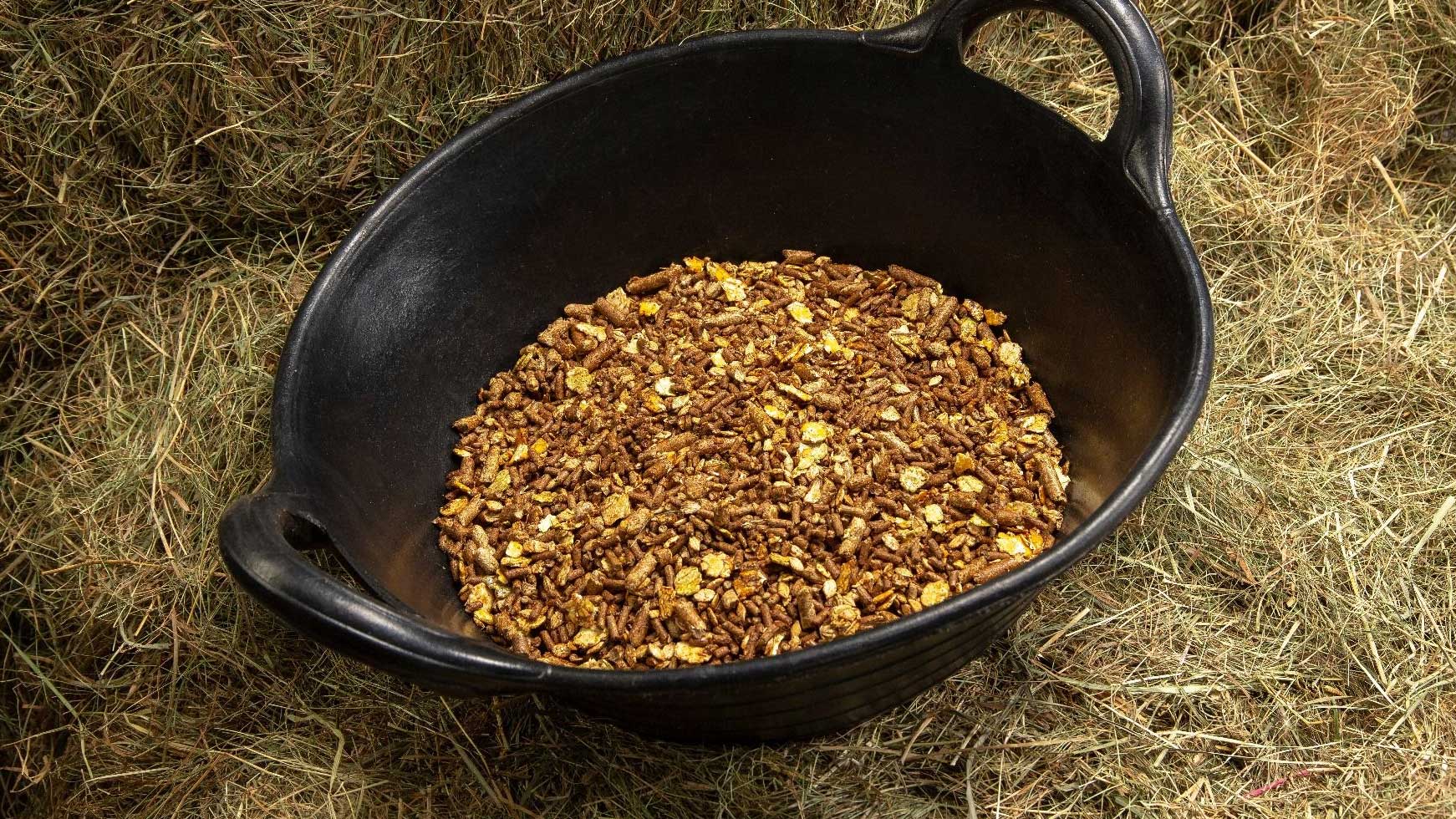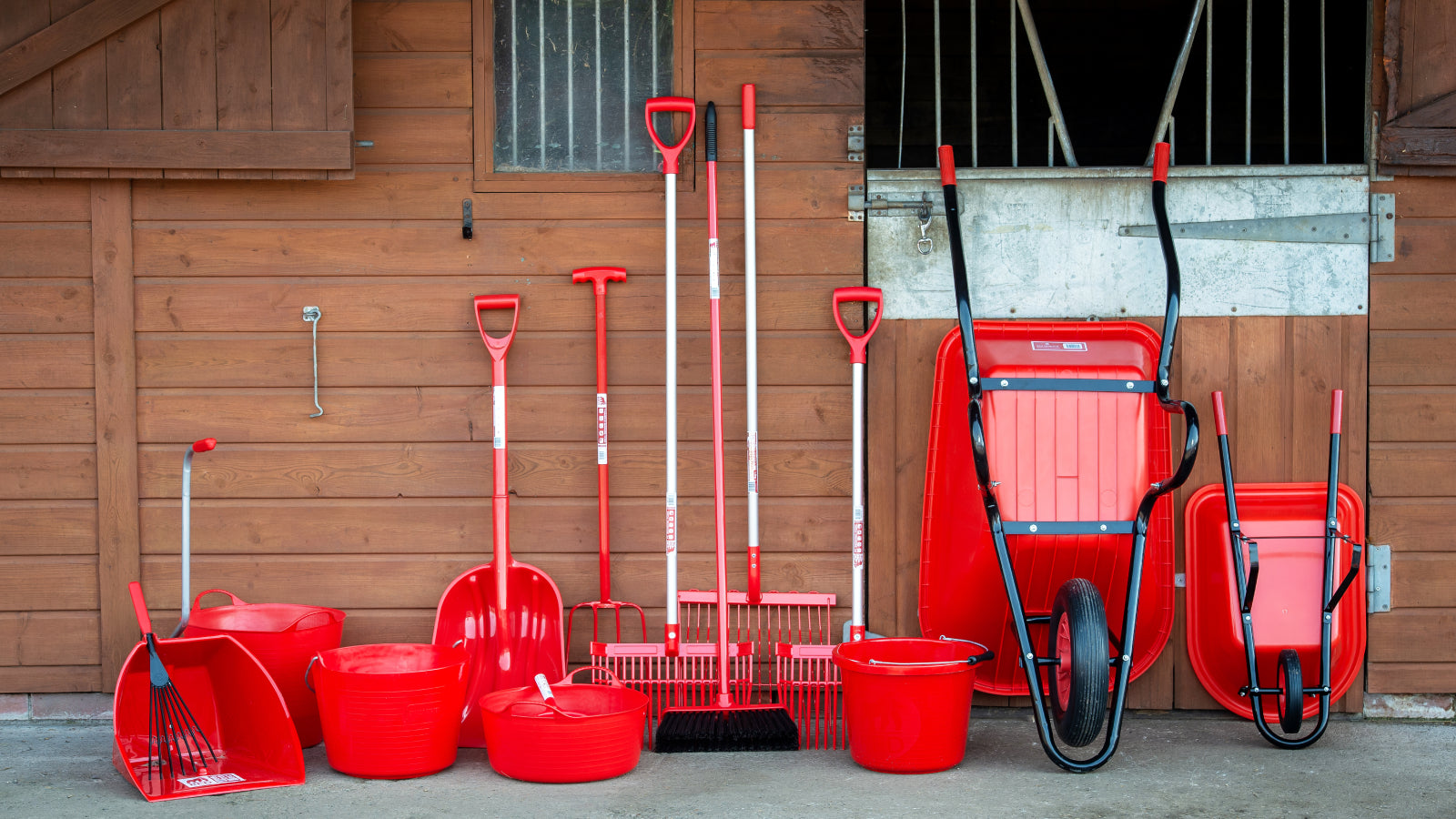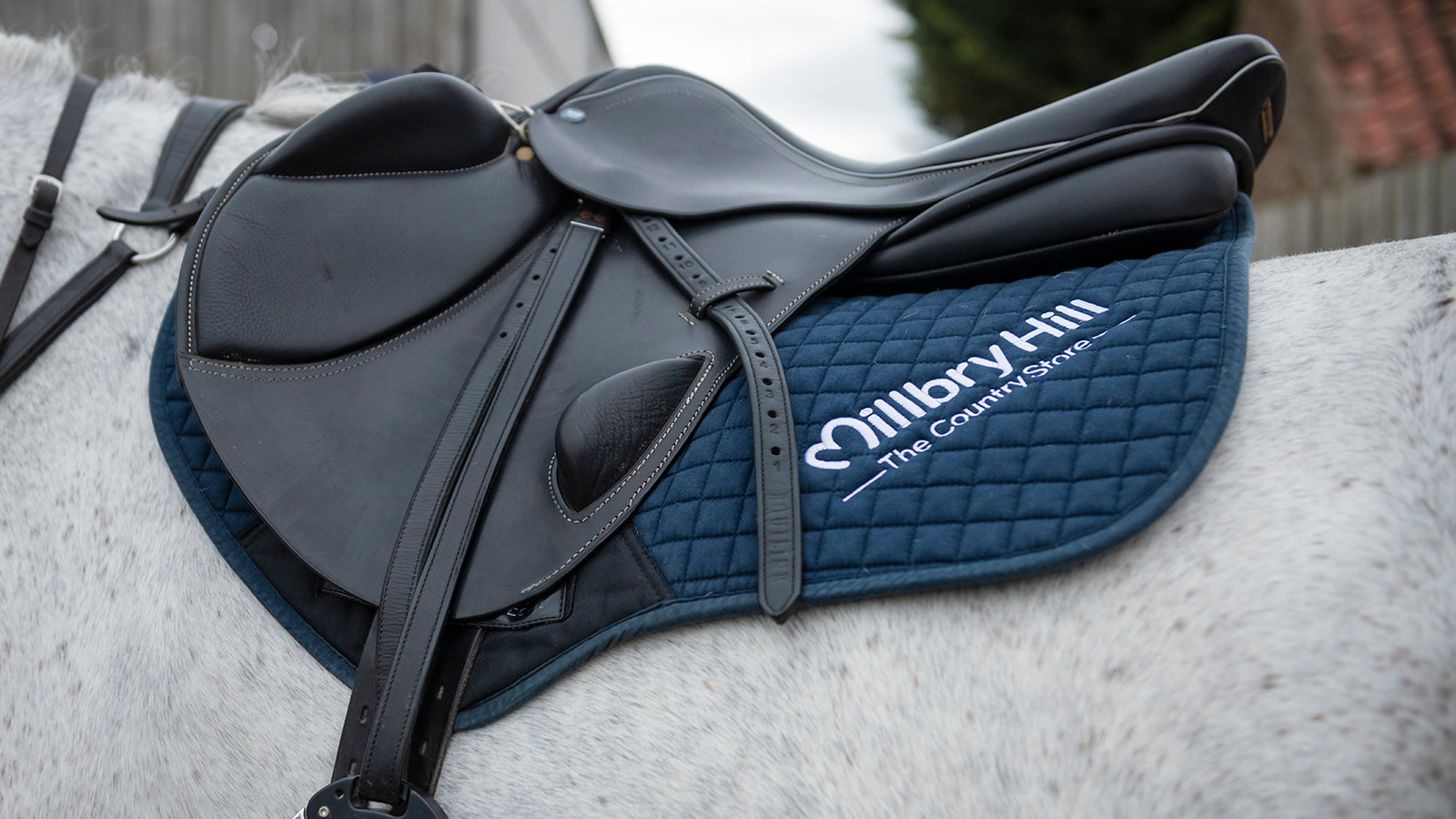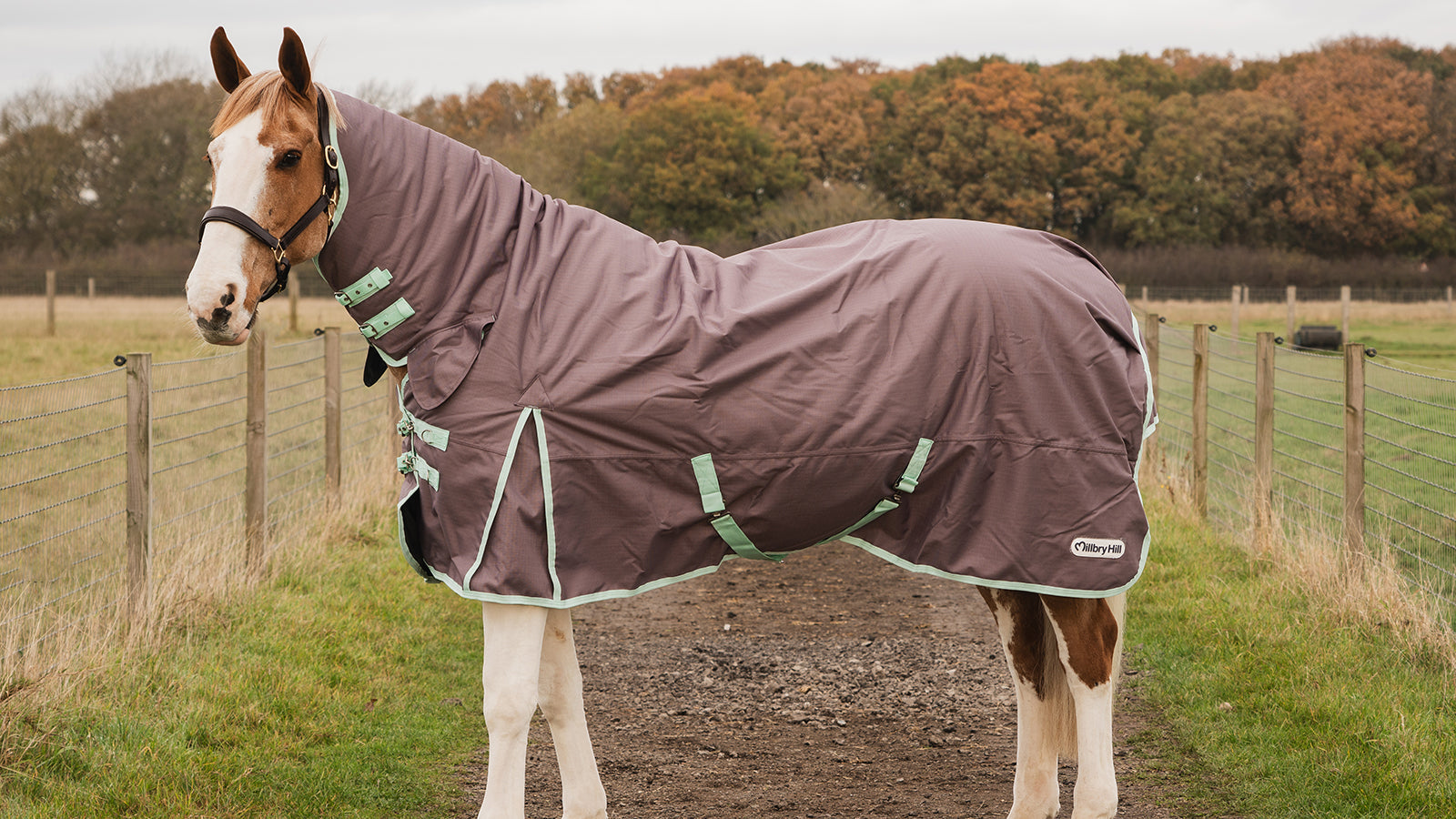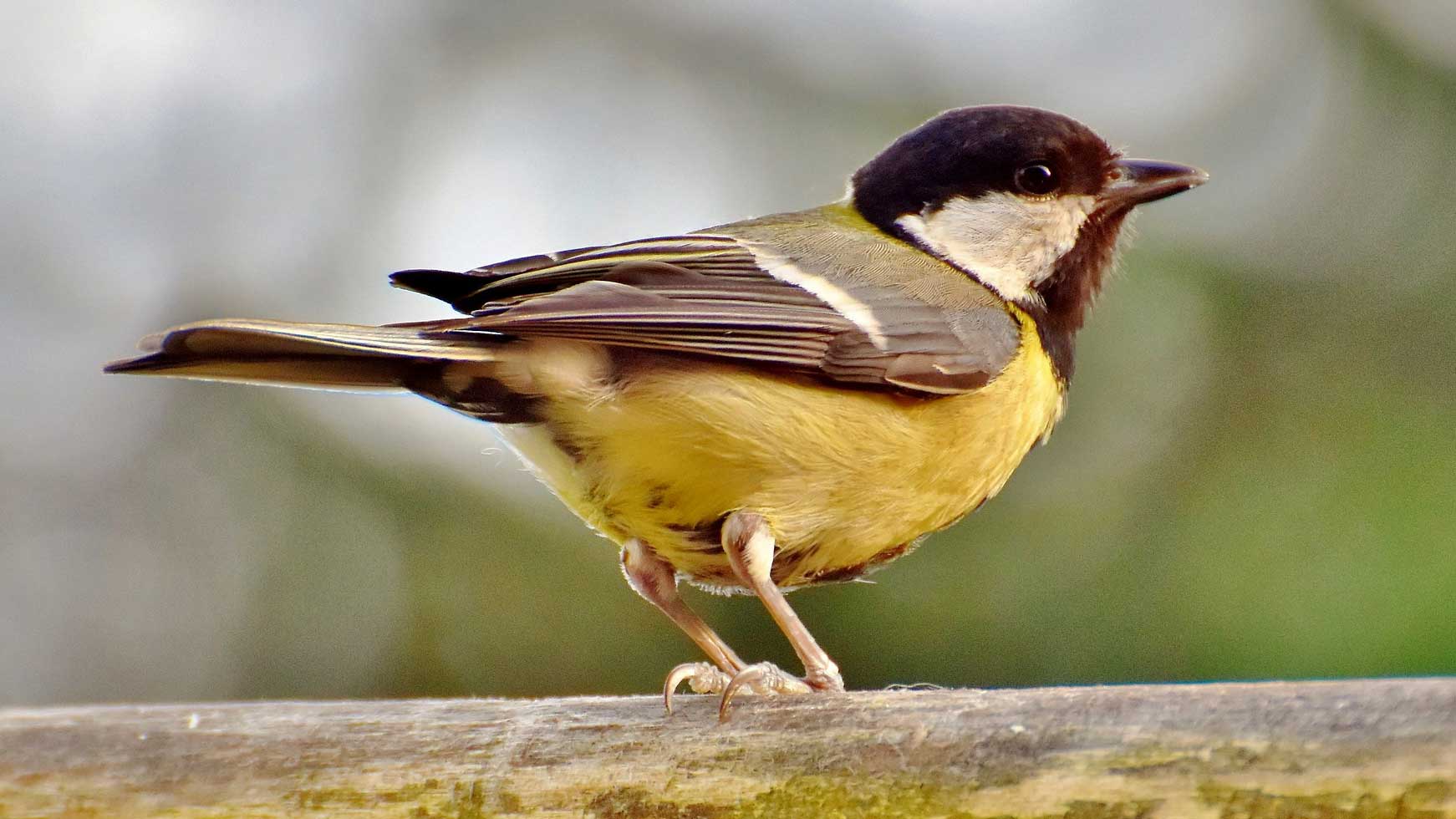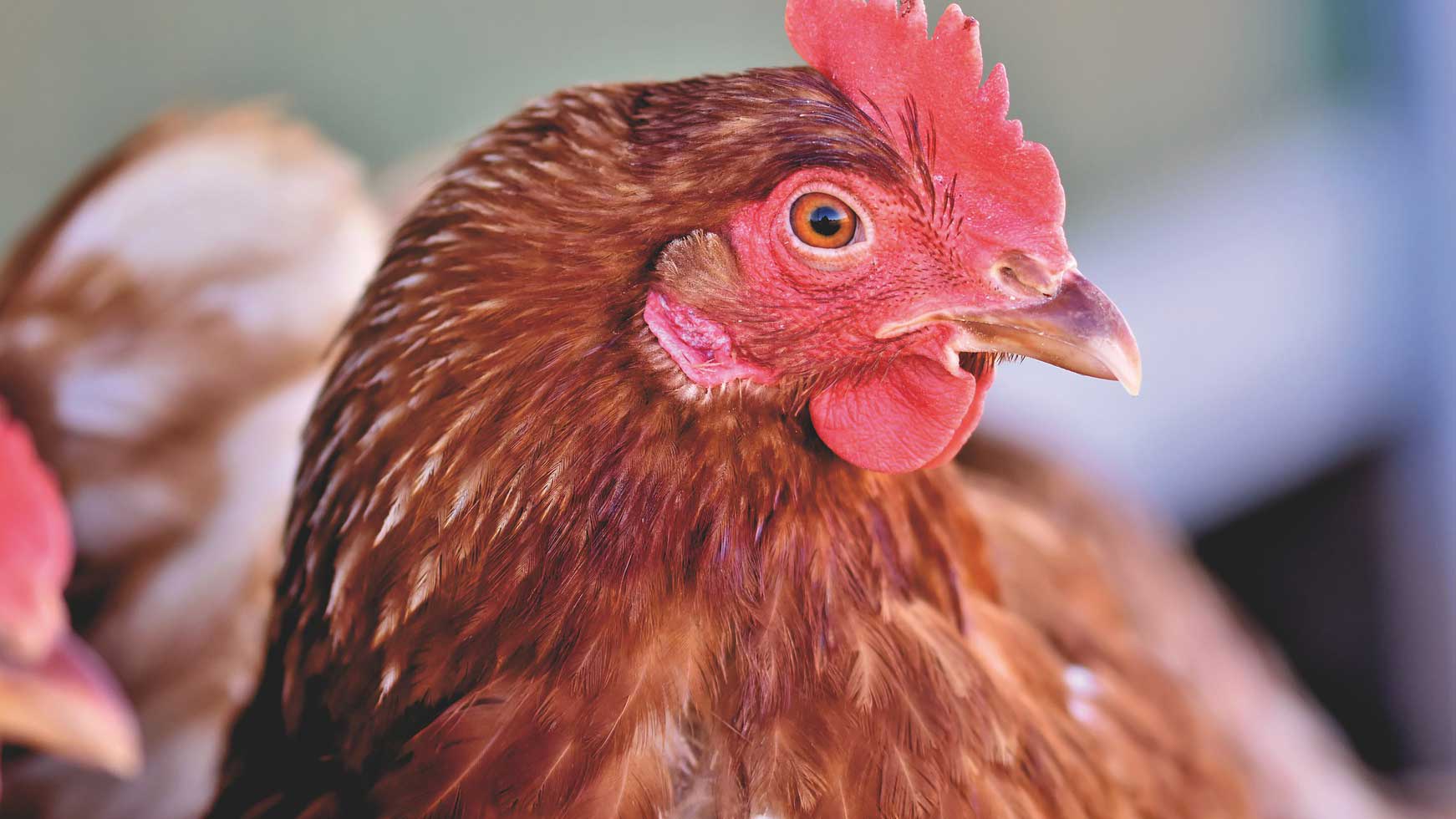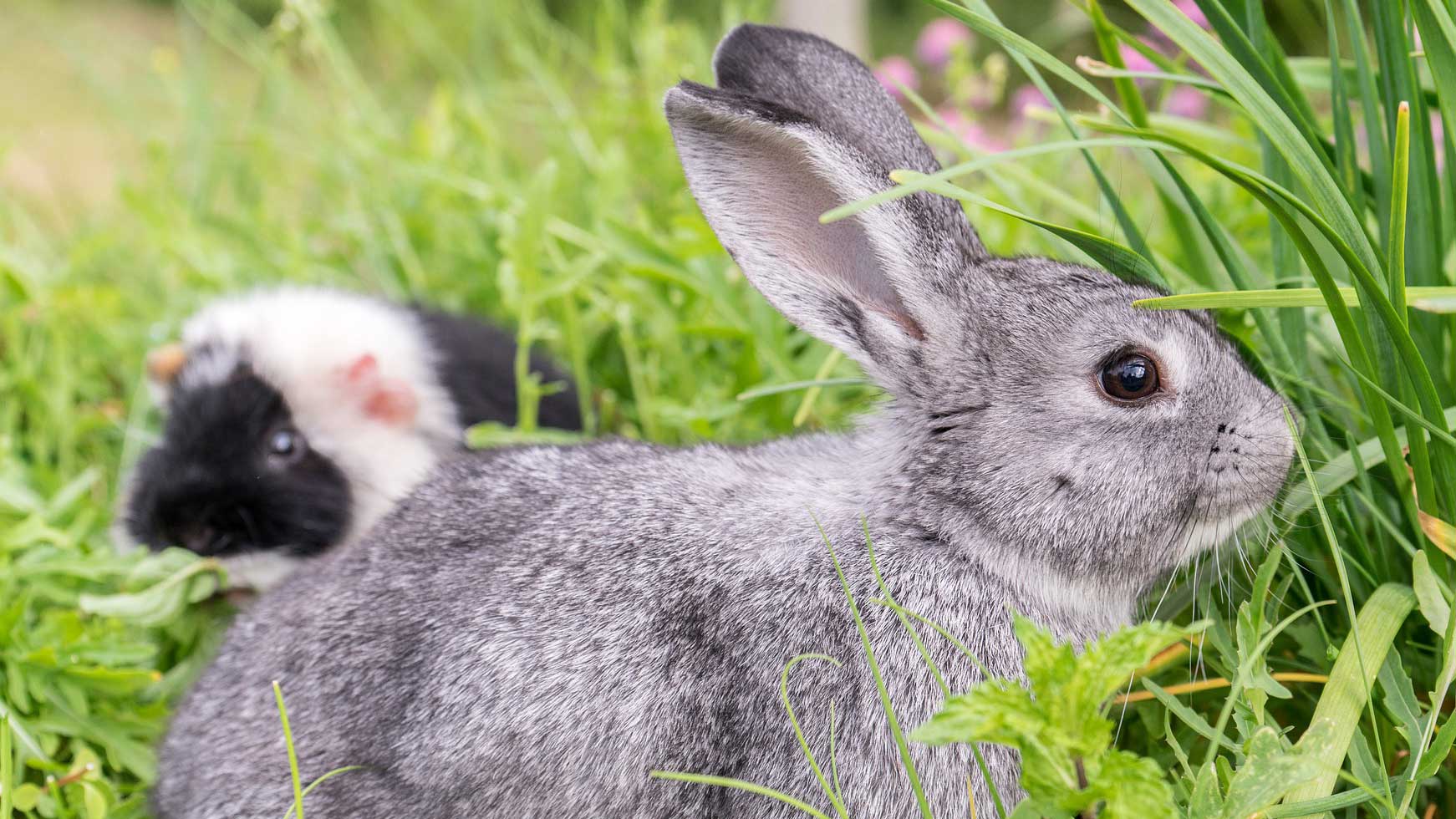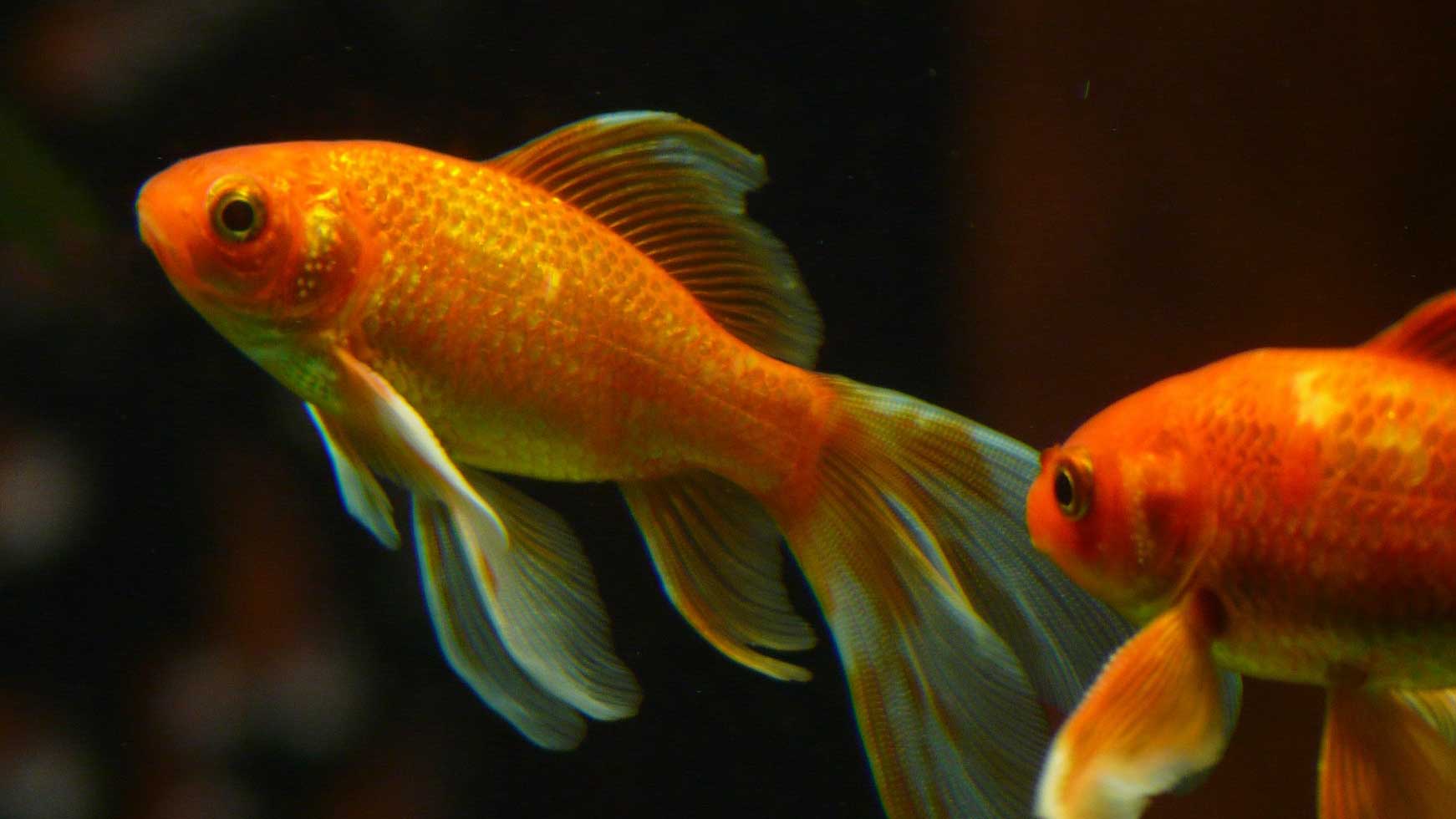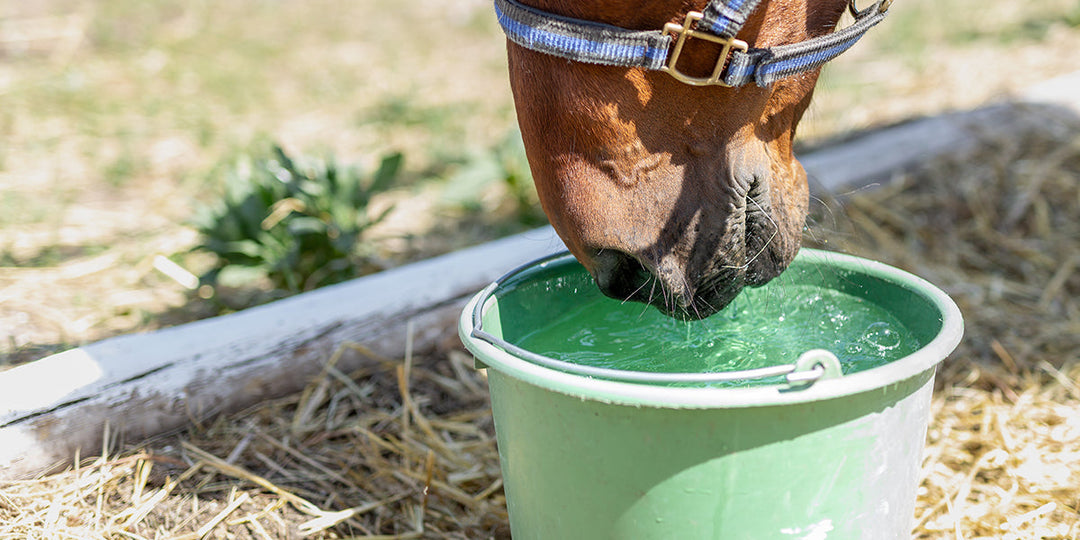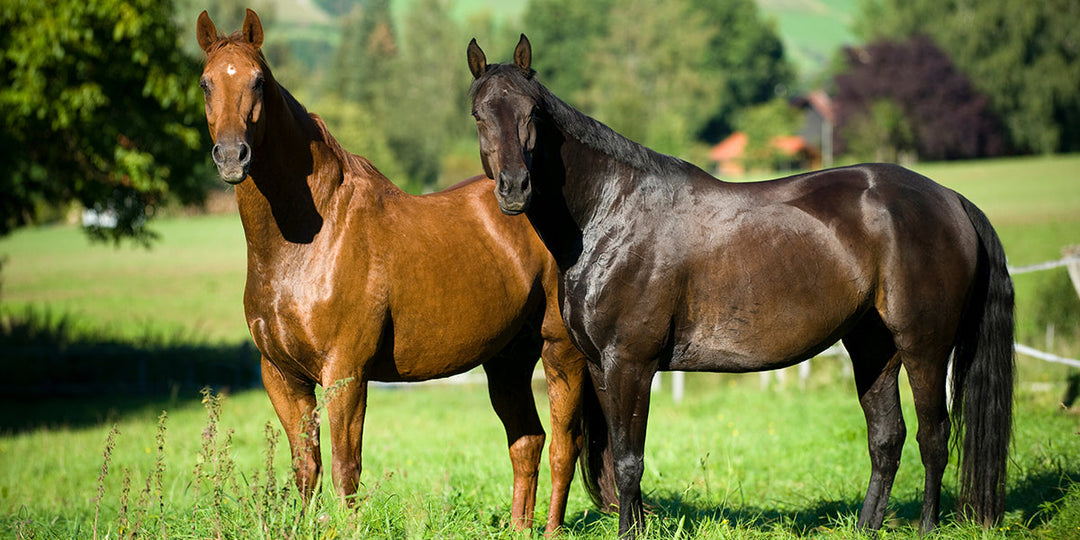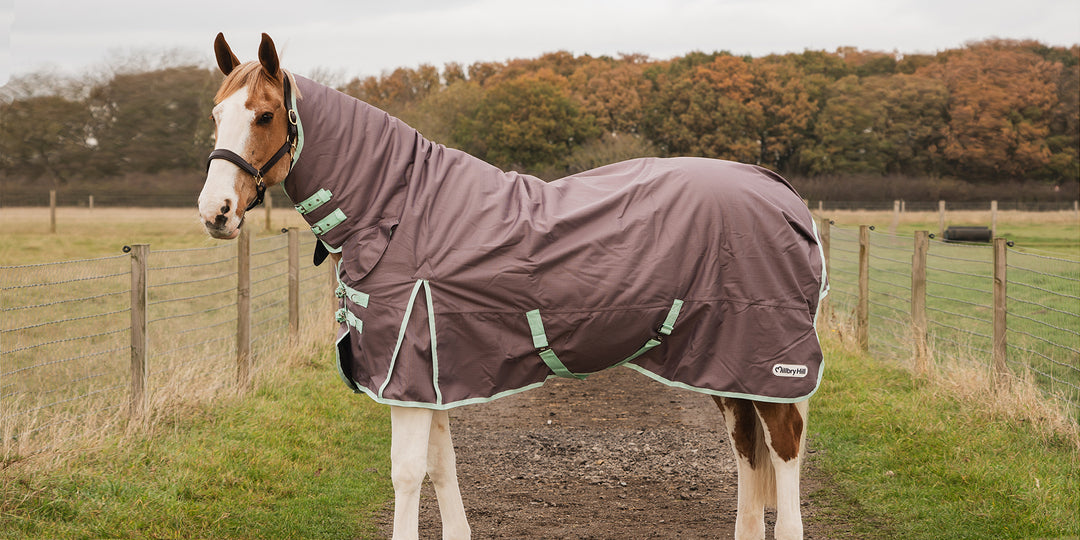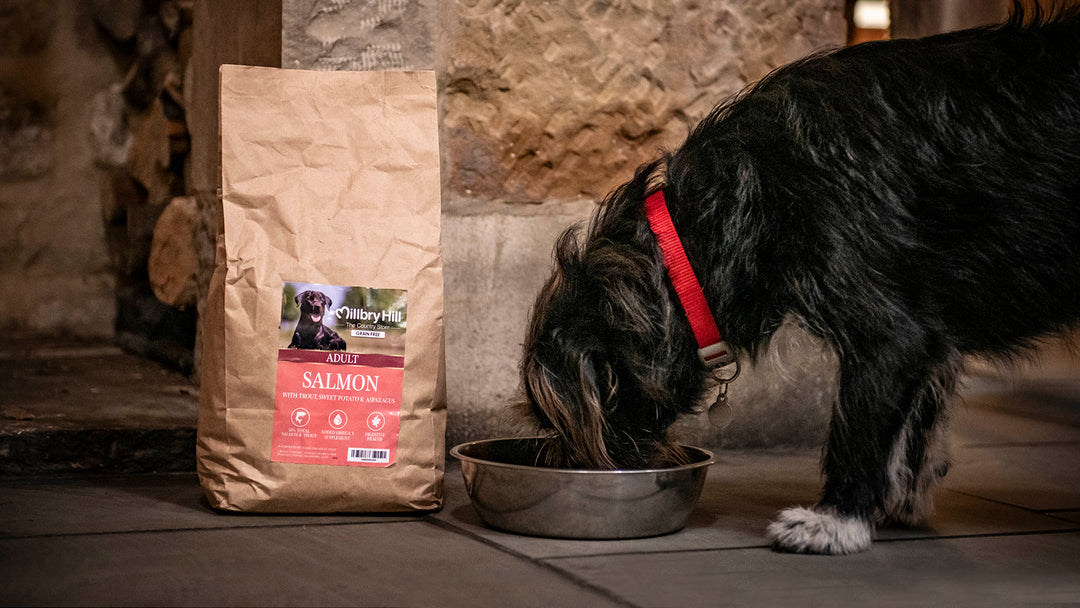A Guide to Hay vs. Haylage for Horses

During the winter months, hay and haylage are the primary forms of preserved forage given to horses. Though both are excellent sources of fibre, they each have distinct nutritional differences. Understanding these differences is integral to giving your horse the right food.
As such, we've put together this guide which goes over the specifics of hay and haylage for horses, giving you the essential details you need to keep your equine companion healthy and happy.
What is hay?
Hay is dried grass that is typically harvested from permanent pasture meadow grasses or sown seed leys, often featuring ryegrass. The grass is cut when it has developed seed heads but remains green, ensuring it contains a good balance of nutrients.
It is usually dried naturally in the field under the sun, although mechanical drying in barns is also an option. Having said this, in the UK, barn drying is less common due to the requirement for several consecutive days of warm weather to guarantee proper curing and storage.

What is haylage for horses?
Haylage is partially dried grass with a moisture content typically ranging from 30% to 50%. After wilting, the grass is then compressed and wrapped in plastic film to create an airtight seal, allowing natural fermentation to happen.
This process preserves the optimal moisture level and nutrients, resulting in a high-energy, highly digestible feed. The grass for haylage is harvested earlier than hay, translating to higher nutrient retention. Production can occur from early June to September, offering a consistent and palatable forage option for horses, particularly beneficial in regions with unpredictable weather.
What's the difference between hay and haylage?
Hay is harvested when grasses are more mature, usually between June and August. As a result, its moisture content is lower than haylage, averaging around 85-90% dry matter (DM) content.
The drying process causes some nutrient loss, making hay a lower-calorie forage. Due to its maturity and reduced nutrient density, hay is often less nutrient-dense but more fibrous, which can be beneficial for horses needing lower energy intake.
In contrast, haylage is harvested earlier and ensiled, leading to a lower DM content, typically around 50-70%, meaning it retains more moisture and nutrients. This necessitates a slightly higher weight to fulfil the desired fibre intake in a horse's diet.
However, haylage has higher digestibility and a greater digestible energy (DE) content than hay. Consequently, horses often perform better on haylage, making it advantageous for those requiring higher energy intake but less suitable for overweight horses and those with metabolic or laminitic conditions due to its higher calorie content.

What are the benefits of haylage for horses?
- Dust-free: Haylage features a dust-free composition, reducing the risk of respiratory issues compared to traditional hay.
- Respiratory health: Its moisture content helps absorb dust and mould spores, making it a safer choice for horses with allergies or compromised respiratory systems.
- Suitable for various needs:
- Ideal for horses in regular work or those with higher energy demands.
- Beneficial for young horses requiring additional nutrition for growth.
- Suitable for older horses, thanks to its easier digestibility.
- Cost-effectiveness: While initially perceived as more expensive, haylage's higher digestibility often results in less additional feed required, leading to long-term cost savings.
- Potential for 100% forage diet: With proper management, haylage can support a 100% forage-based diet, especially for horses with higher energy requirements and adequate micronutrient intake.
Types of haylage for horses
1. Ryegrass haylage
Ryegrass haylage is known for its high energy content, making it a preferred choice for horses undergoing strenuous activities like racing. With its rich calorie profile, it effectively fuels horses, enabling them to sustain demanding workloads.
2. Meadow haylage
Meadow haylage offers a balanced alternative with lower calorie content compared to ryegrass haylage. Its increased water content, relative to standard meadow hay, gives it an inherent level of hydration for horses. This variant is particularly appealing to selective eaters, older equines and those prone to laminitis.
3. High fibre haylage
High fibre haylage serves as an excellent choice for horses involved in moderate to light activities. Renowned for its soft texture and exceptional palatability, it appeals to picky eaters and horses with sluggish appetites. Providing a moderate energy level, this haylage type avoids the heating effects associated with other varieties, ensuring a balanced nutritional intake.
4. Timothy haylage
Timothy haylage stands out for its exceptional fibre content and naturally low sugar levels, making it a sought-after option for horses that have metabolic issues like insulin resistance or obesity. Its abundant fibre supports digestive health while its balanced nutritional profile ensures sustained energy levels for horses engaged in various activities.

Choosing the right haylage to feed your horse depends on its distinct needs. For this reason, we at Millbry Hill stock a wide array of haylage for horses from top brands such as Baillie, HorseHage, Silvermoor and Equilage.
In addition, we also have an extensive range of haylage nets tailored to accommodate your equine friend's individual feeding habits, including slow feeders, small-holed nets, trickle feeders and greedy feeder nets so that you can prioritise their well-being above all else.















